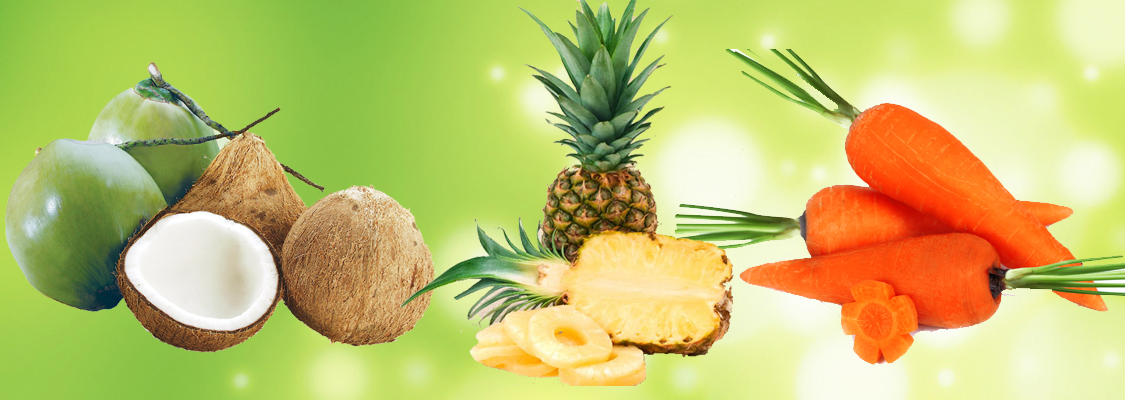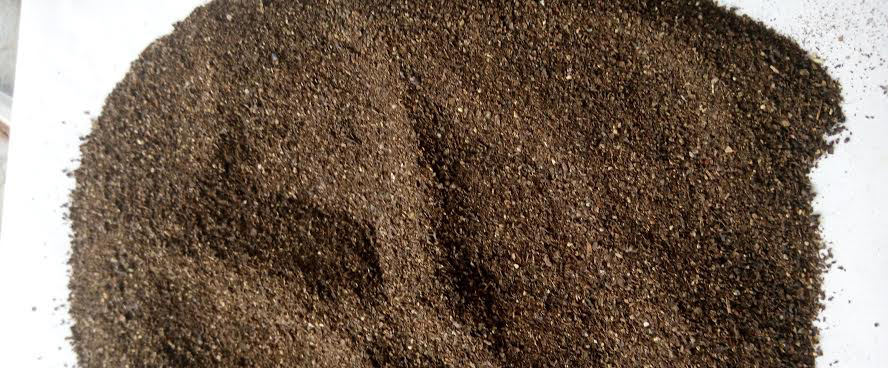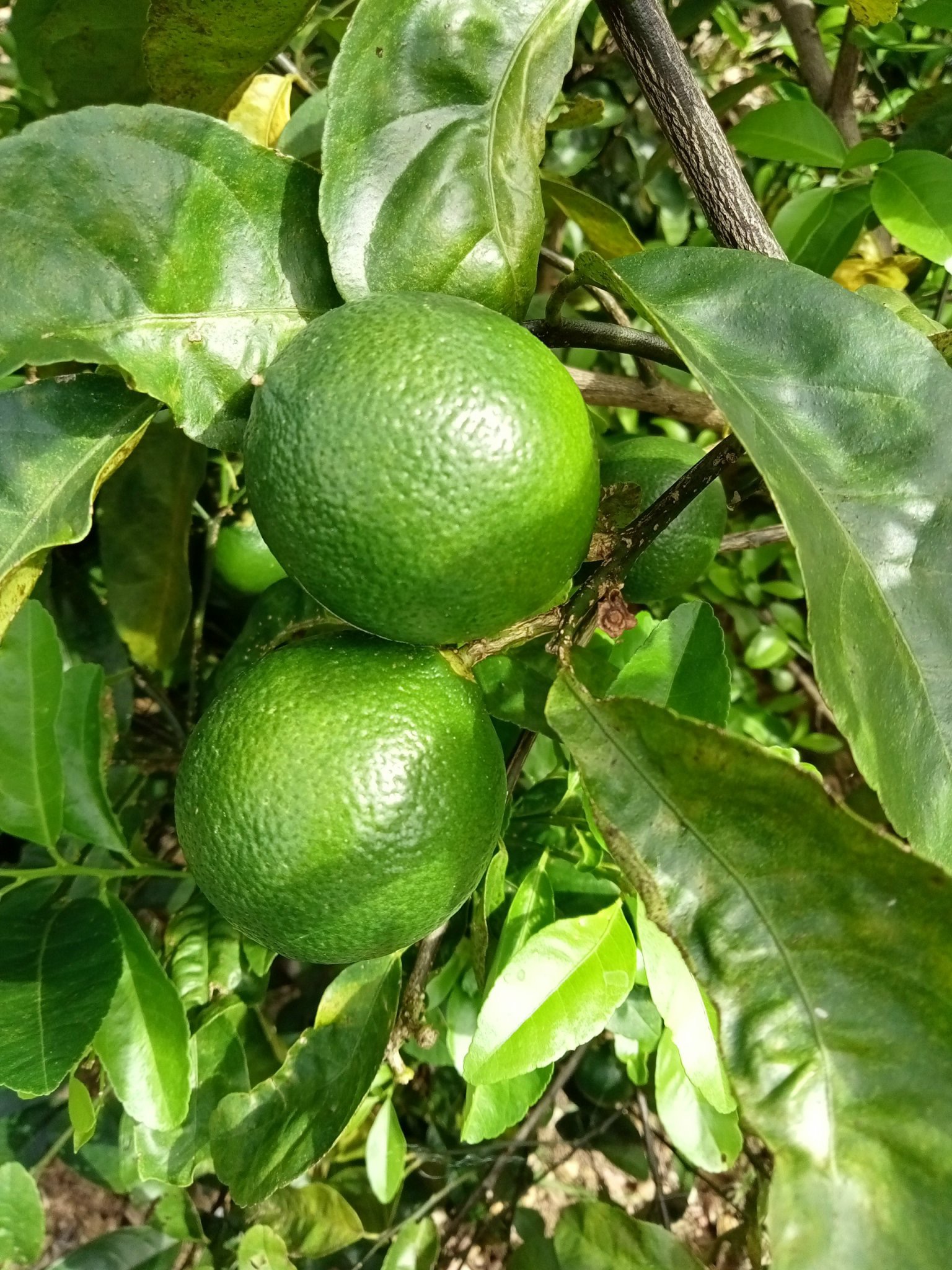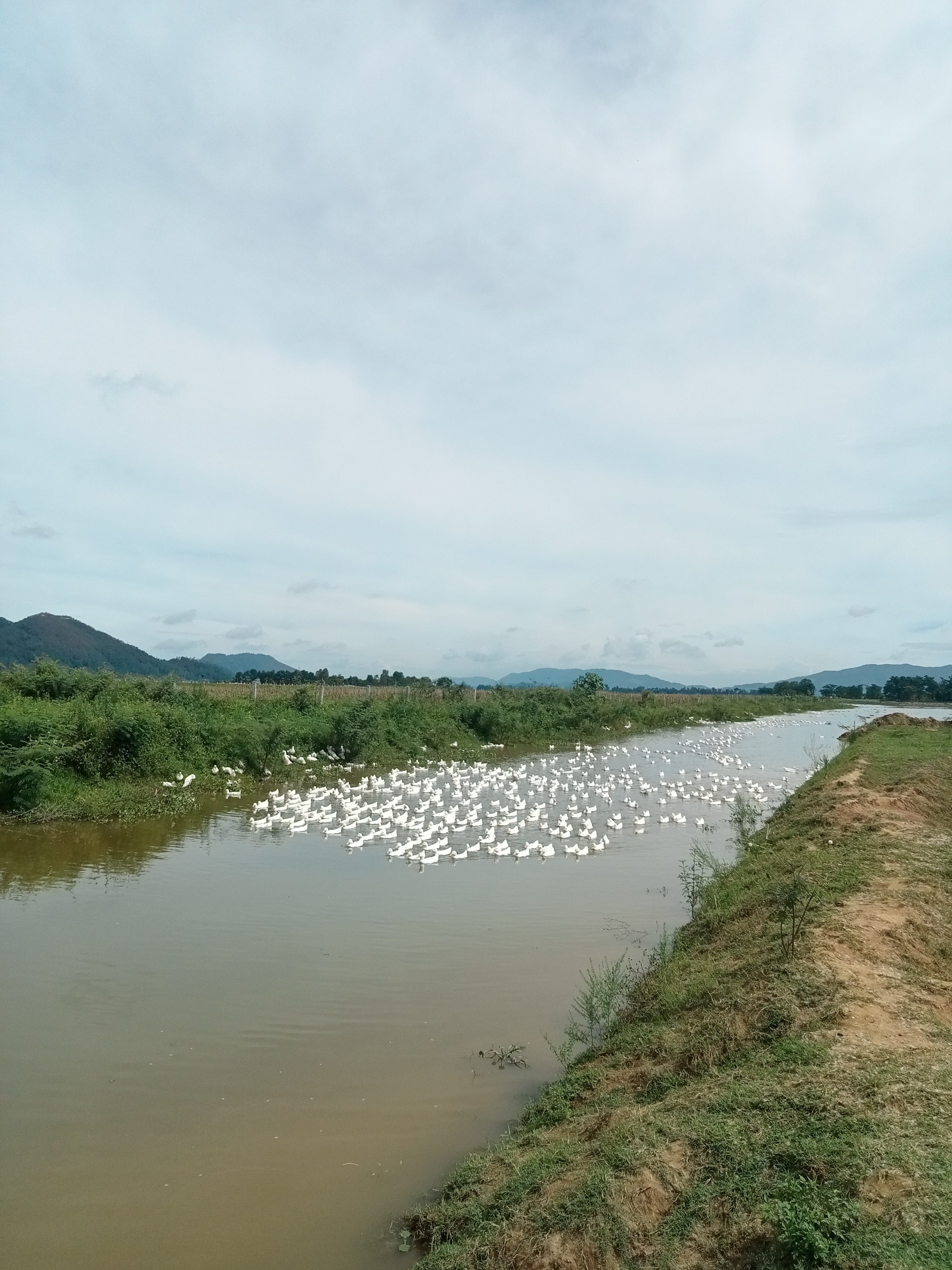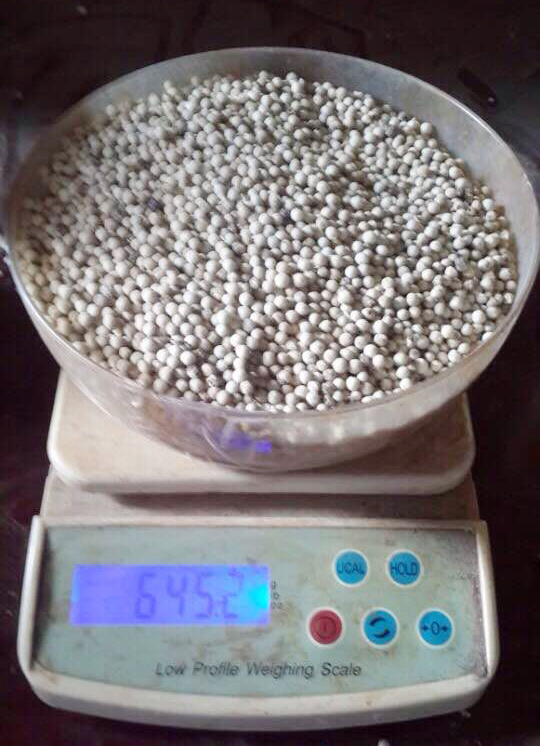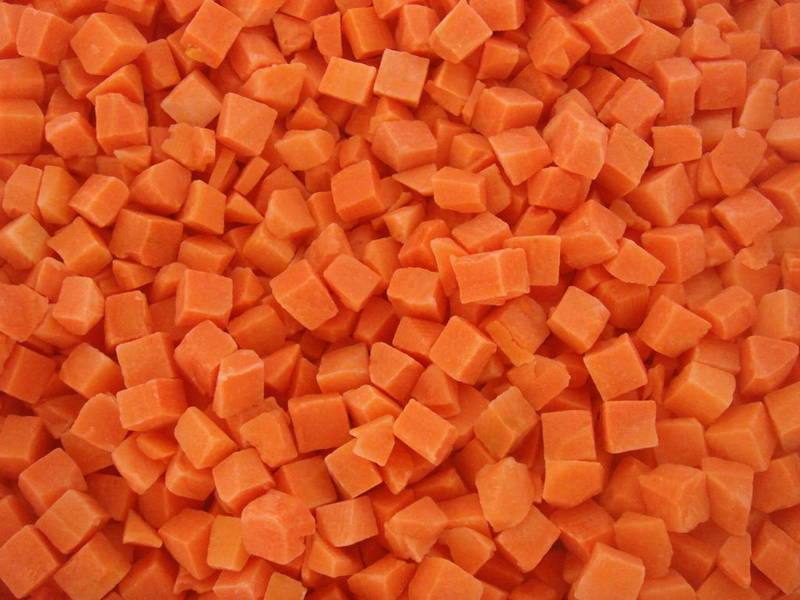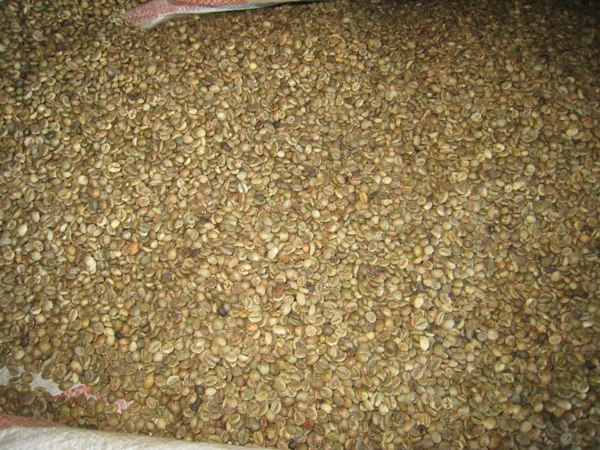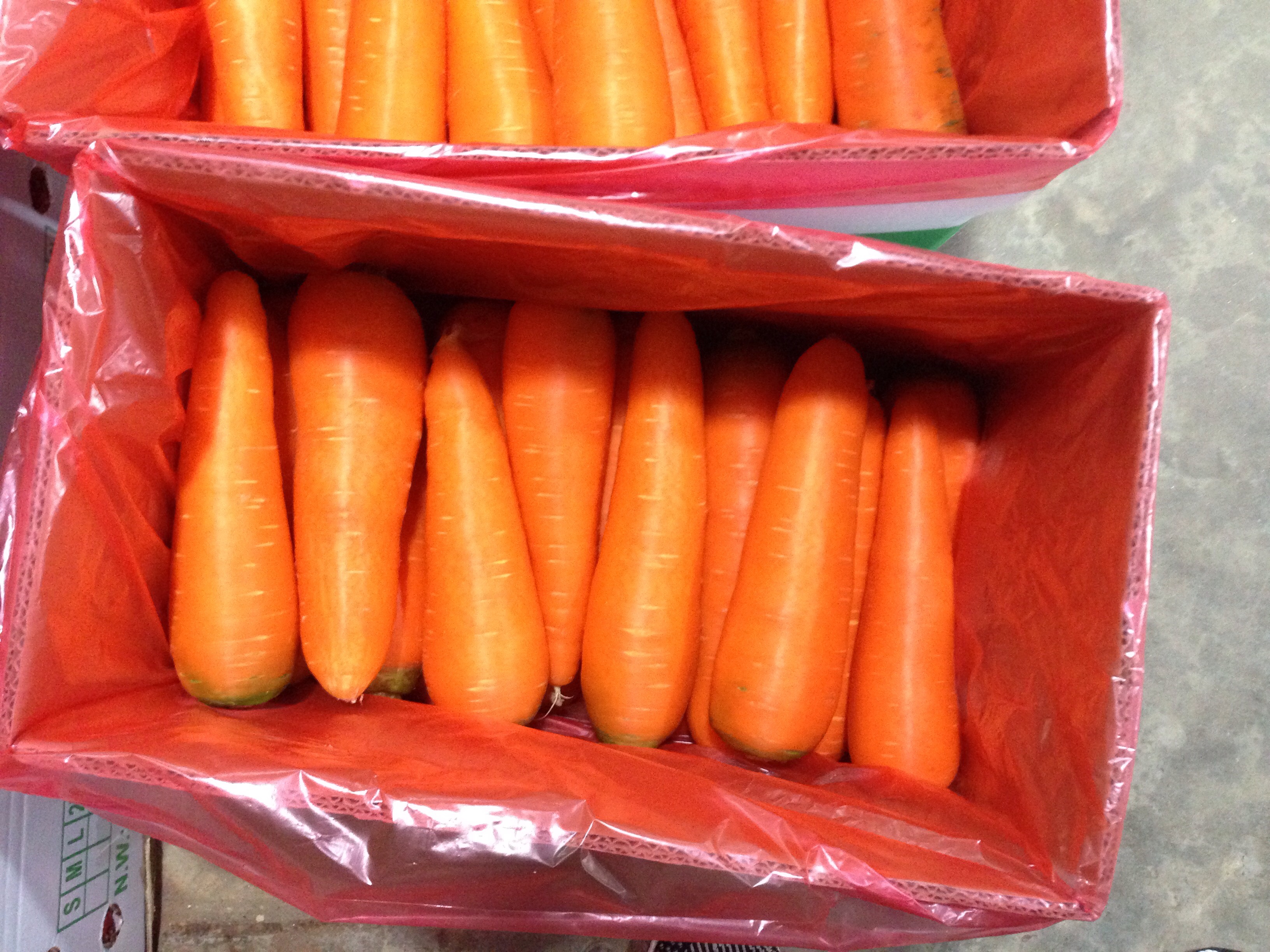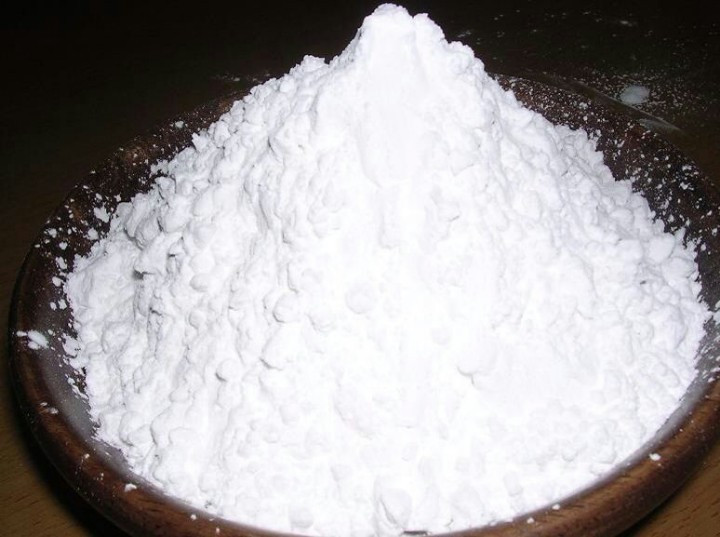
Công Ty Trách Nhiệm Hữu Hạn GREENFARMS
GREENFARMS LIMITED COMPANY
Sản phẩm nổi bật
Tin tức
How Vietnam became a coffee giant
Think of coffee and you will probably think of Brazil, Colombia, or maybe Ethiopia. But the world's second largest exporter today is Vietnam. How did its market share jump from 0.1% to 20% in just 30 years, and how has this rapid change affected the country?
When the Vietnam war ended in 1975 the country was on its knees, and economic policies copied from the Soviet union did nothing to help.
Collectivising agriculture proved to be a disaster, so in 1986 the Communist Party carried out a U-turn - placing a big bet, at the same time, on coffee.
Coffee production then grew by 20%-30% every year in the 1990s. The industry now employs about 2.6 million people, with beans grown on half a million smallholdings of two to three acres each.
This has helped transform the Vietnamese economy. In 1994 some 60% of Vietnamese lived under the poverty line, now less than 10% do.
"The Vietnamese traditionally drank tea, like the Chinese, and still do," says Vietnam-based coffee consultant Will Frith.
Vietnamese people do drink it - sometimes with condensed milk, or in a cappuccino made with egg - but it's mainly grown as an export crop.
Coffee was introduced to Vietnam by the French in the 19th Century and a processing plant manufacturing instant coffee was functioning by 1950.
This is how most Vietnamese coffee is consumed, and is partly why about a quarter of coffee drunk in the UK comes from Vietnam.
British consumers still drink a lot more of that than of fancy coffees, such as espressos, lattes and cappuccinos.
High-end coffee shops mainly buy Arabica coffee beans, whereas Vietnam grows the hardier Robusta bean.
Arabica beans contain between 1% to 1.5% caffeine while Robusta has between 1.6% to 2.7% caffeine, making it taste more bitter.
There is a lot more to coffee, though, than caffeine.
"Complex flavour chemistry works to make up the flavours inherent in coffee," says Frith.
"Caffeine is such a small percentage of total content, especially compared to other alkaloids, that it has a very minute effect on flavour."
Some companies, like Nestle, have processing plants in Vietnam, which roast the beans and pack it.
But Thomas Copple, an economist at the International Coffee Organization in London, says most is exported as green beans and then processed elsewhere, in Germany for example.
While large numbers of Vietnamese have made a living from coffee, a few have become very rich.
Tin tức mới
-
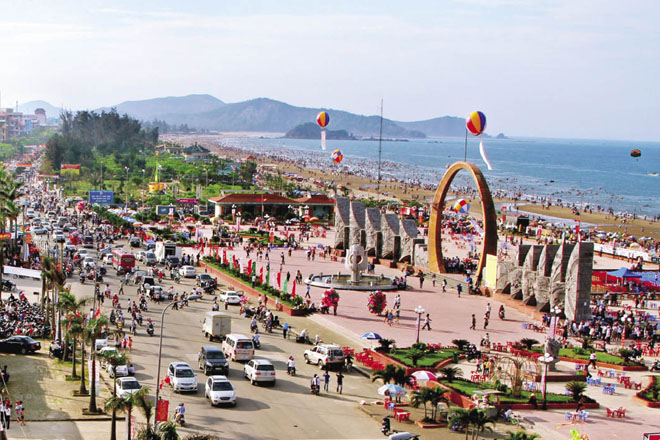
Cua Lo marine tourism
-

How Vietnam became a coffee giant
Think of coffee and you will probably think of Brazil, Colombia, or maybe Ethiopia. But the world's second largest exporter today is Vietnam.
-

Pepper exports expected to remain high this year
HA NOI – The Viet Nam Pepper Association expects pepper exports to remain stable at high levels this year, amounting to 130,000 tonnes in volume and earning US$900 million.
-
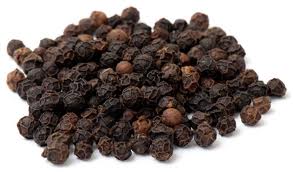
Vietnam Pepper
Vietnam, a major exporter of spices, claims a 5% world market share. In black pepper, the most important crop for Vietnam within this sector, Vietnam has become the world’s largest exporter.


